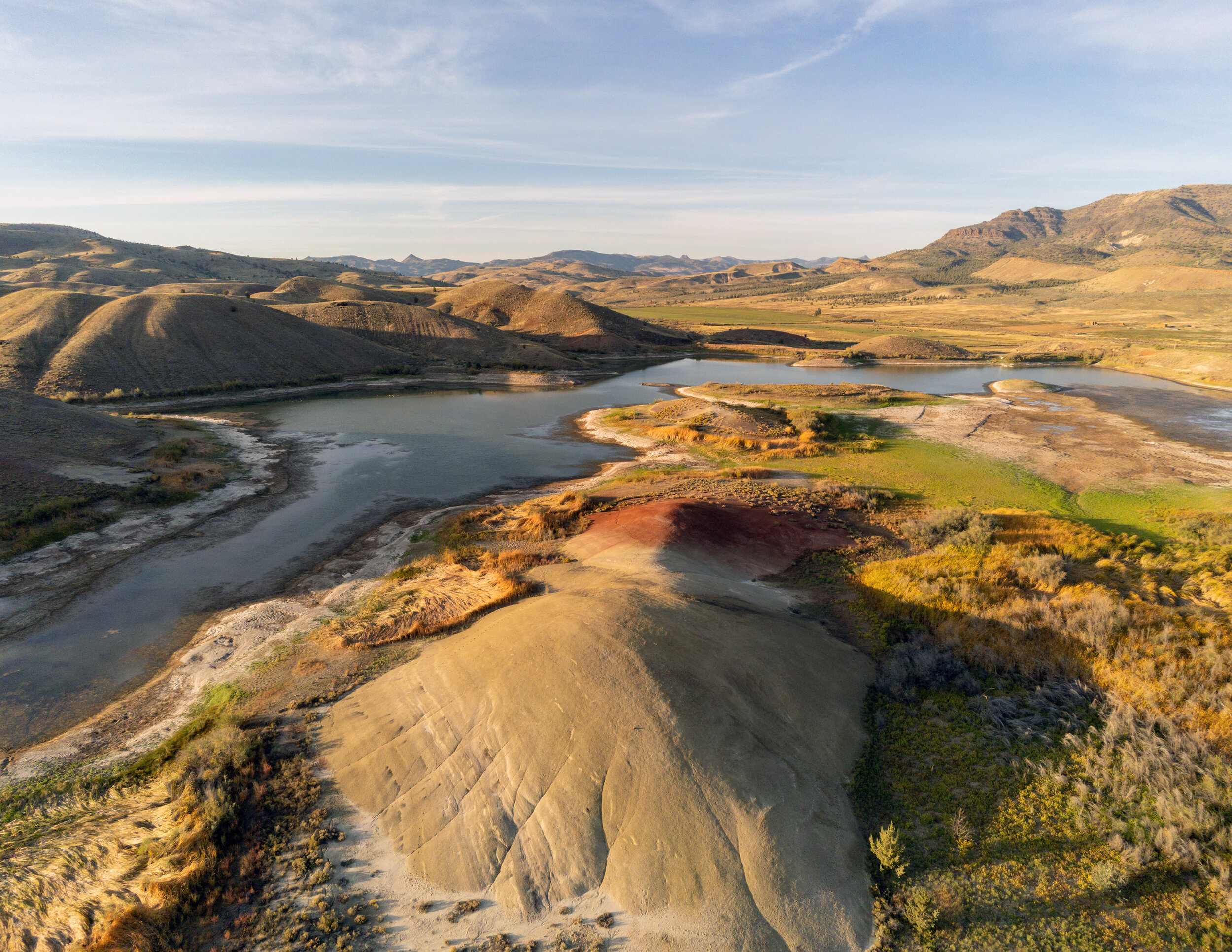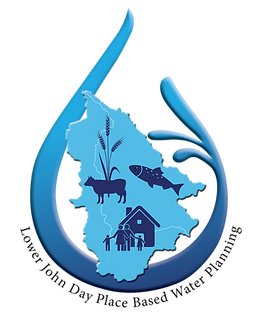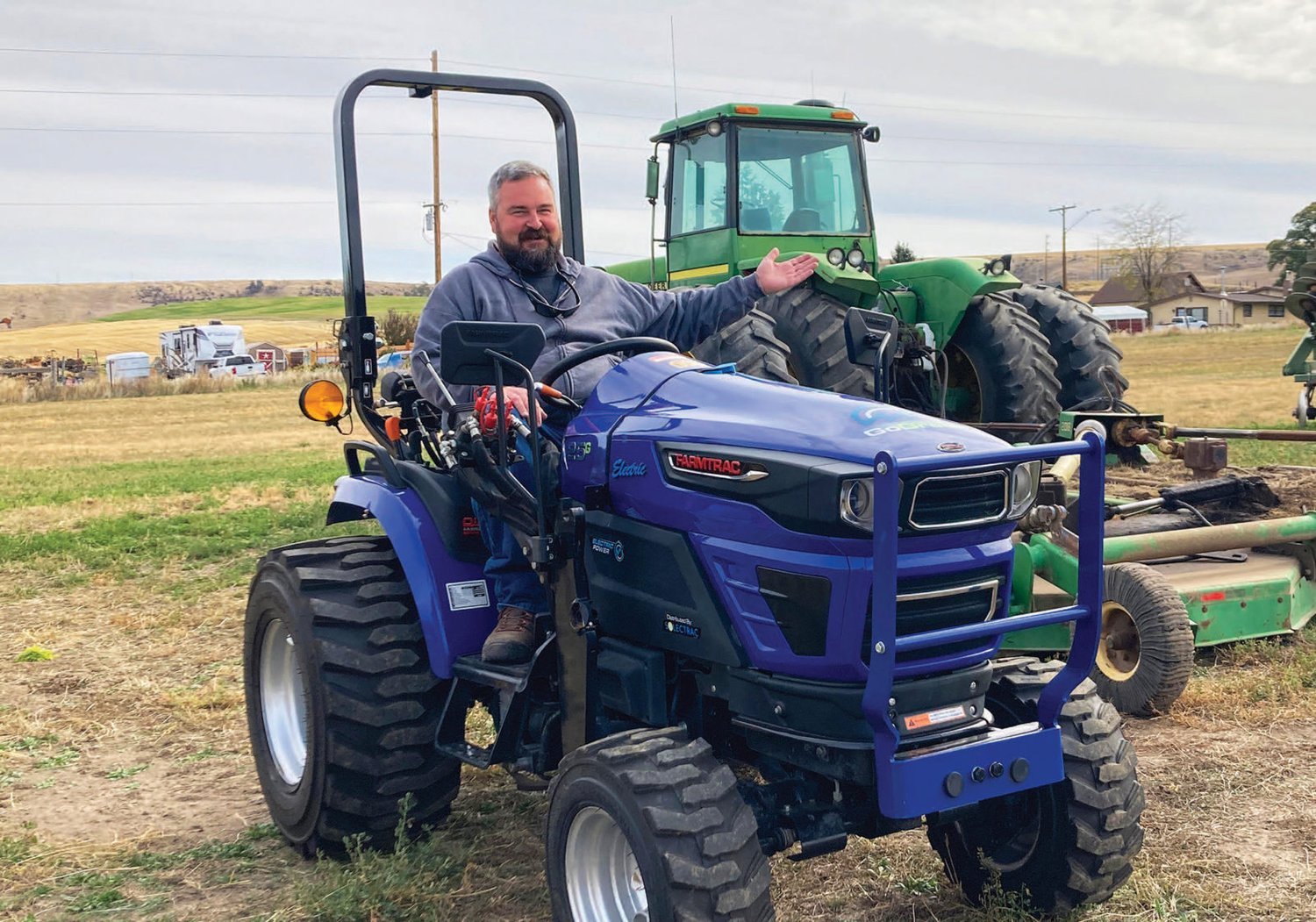John Day River Basin
The John Day River is nearly 300 miles long, free flowing from its headwaters in Central Oregon to its mouth at the Columbia River.
Like much of the western U.S., the John Day River Basin is experiencing rising temperatures, increasing drought, and more frequent wildfires. It is becoming increasingly difficult for the river to have enough water to meet both in-stream and out-of-stream demands.
Sustainable Northwest was asked to partner with local organizations seeking to avoid a water crisis. Together, we created a plan for the Basin's water future.
“Sustainable Northwest has played a pivotal role in both the John Day Partnership and the place based Lower John Day Work Group. Sustainable Northwest brings needed science, geospatial modeling, technical support and facilitating to our groups and as a result, is seen as valued and trusted partner”
- Herb Winters, Gilliam SWCD District Manager
OUR PROJECTS
-
Sustainable Northwest, with partners, helped form and brought scientific support to the John Day Basin Partnership, which has become a comprehensive and coordinated, basinwide effort to bring a common vision and the sustained funding needed to substantially increase the pace, scale, and impact of watershed restoration in the basin.
The Partnership brings together stakeholders from across the basin with the common interest of restoring and maintaining the watershed. They seek to maximize ecological, economic, social, and cultural benefits; apply best available science; and engage in cooperative planning and fundraising.
The goal is to empower more actions that establish healthy and resilient watershed habitats, native fish populations, and working landscapes.
-
Sustainable Northwest has facilitated and brought scientific support to The Lower John Day Place-Based Work Group in a collaborative water planning effort to prioritize and address water challenges and plan for a sustainable water future.
The group’s goal is to support a locally led, voluntary, and non-regulatory process to meet current and future in and out-of-stream water needs.
We believe by partnering with local stakeholders and experts, we can deploy actions that improve the health of the watershed and that this work can be replicated in basins across the West for communities to sustainably plan for, manage, and balance water use for nature, people, and local economies.









